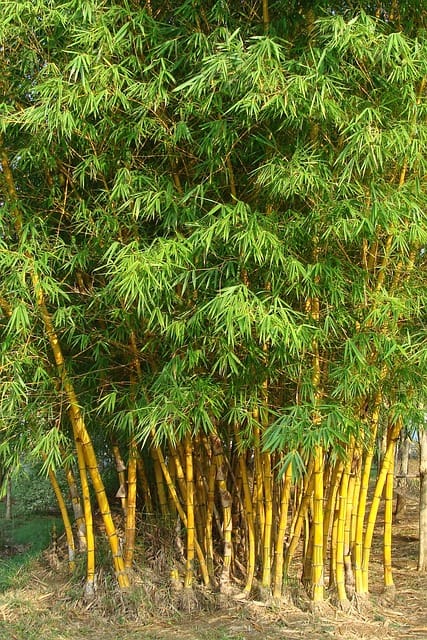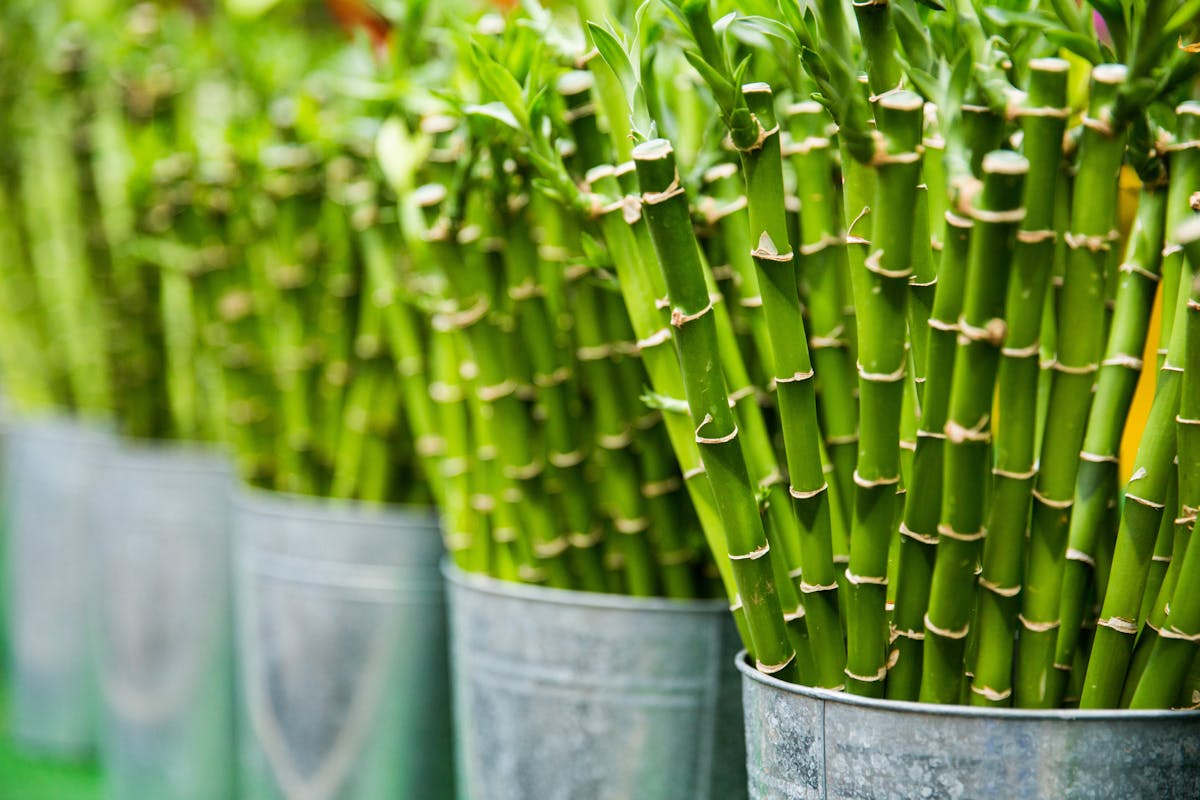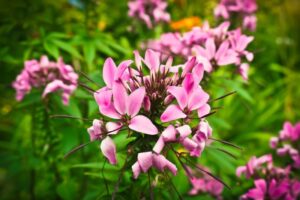This comprehensive guide will provide you with essential information and techniques to successfully propagate bamboo, ensuring your new plants thrive.
Understanding Bamboo

Before getting into propagation techniques, it’s important to understand what bamboo is and its unique characteristics. Bamboo is a fast-growing grass that belongs to the Poaceae family. With over 1,400 species worldwide, it can vary widely in size, shape, and growth habits. Some species of bamboo can grow several feet in a single day, making it a popular choice for gardeners seeking quick results.
Why Propagate Bamboo?
There are several reasons to propagate bamboo:
Cost-Effective: Propagating bamboo allows you to expand your garden without the expense of buying new plants.
Customization: You can choose specific varieties that suit your taste and gardening needs.
Eco-Friendly: Bamboo helps sequester carbon, reduce soil erosion, and provide habitat for wildlife, making its propagation an environmentally friendly practice.
Methods of Propagating Bamboo
There are three primary methods for propagating bamboo: division, cuttings, and rhizome separation. Let’s take a closer look at each method.
1. Division
Best for: Established clumps of bamboo.
How to Do It:
Timing: The best time to divide bamboo is during the early spring or late summer when the plant is actively growing.
Tools Needed: A sharp spade or garden fork, and possibly a saw for larger rhizomes.
Steps:
Water the bamboo clump a day before you plan to divide it to make it easier to remove.
Carefully dig around the base of the bamboo clump, lifting it out of the ground.
Use your spade or fork to gently separate the clump into smaller sections. Each section should have at least a few healthy shoots and attached roots.
Replant the divisions immediately in well-prepared soil, making sure they are planted at the same depth as they were previously.
2. Cuttings
Best for: Certain species like Fargesia, which root easily from cuttings.
How to Do It:
Timing: Late spring to early summer is ideal for taking cuttings.
Tools Needed: Pruning shears, pots, and potting soil.
Steps:
Using sterilized pruning shears, take cuttings from a healthy bamboo plant. Cut pieces that are at least 6-12 inches long and contain a few nodes.
Remove leaves from the bottom half of the cutting to minimize water loss.
Fill pots with a well-draining potting mix and plant each cutting vertically, burying one or two nodes.
Water the cuttings gently and place them in a warm, bright location, but out of direct sunlight. Ideally, maintain humidity by covering them with plastic or placing them in a greenhouse.
3. Rhizome Separation
Best for: Larger bamboo varieties.
How to Do It:
Timing: Same as division—early spring or late summer.
Tools Needed: Spade and possibly pruning shears.
Steps:
Similar to division, start by watering the bamboo to make it easier to work with.
Carefully dig around the bamboo, exposing the rhizomes (underground stems).
Identify sections of the rhizome with healthy roots and shoots.
Use a sharp spade or shears to separate the desired sections, making sure they have some root structure.
Replant these rhizome sections in the prepared soil promptly.
Caring for Your Newly Propagated Bamboo

After propagating bamboo, proper care is essential for helping your new plants establish themselves:
Watering: Keep the soil consistently moist but not waterlogged. Newly propagated bamboo needs regular watering, especially during hot weather.
Sunlight: Most bamboo varieties thrive in partial to full sun, but it’s crucial to research the specific needs of your chosen species.
Fertilization: Use a balanced, slow-release fertilizer to support healthy growth, especially in the spring.
Pest Management: Keep an eye out for pests like aphids or spider mites. If infestations occur, use organic insecticidal soap or neem oil.
Common Challenges in Propagating Bamboo
While propagating bamboo can be straightforward, you might encounter a few challenges along the way. Here are some common issues and tips to overcome them:
1. Poor Root Development
Symptoms: Yellowing leaves or stunted growth can indicate a problem with root development.
Solution: Ensure that you’re planting your cuttings or divisions at the right depth and in well-draining soil. If your soil is too compacted or doesn’t retain moisture adequately, it could hinder root growth. Consider amending the soil with organic matter like compost or peat to improve aeration and moisture retention.
2. Pests and Diseases
Symptoms: Wilting or discoloration may indicate pest infestations or disease.
Solution: Regularly check your bamboo for common pests such as aphids, spider mites, and scale. If you identify pests, act quickly by removing them by hand or using insecticidal soap. For fungal or bacterial diseases, make sure to provide adequate air circulation between plants and avoid overhead watering which can encourage disease.
3. Environmental Stress
Symptoms: Browning leaf tips or dieback can be signs of environmental stress.
Solution: Bamboo prefers a balanced environment. If your plants are in too much shade or exposed to harsh winds, consider relocating them or adding windbreaks. Ensure that they receive adequate water but avoid waterlogging. If using pots, provide them with sufficient drainage.
Harvesting Bamboo
Once your bamboo is established, you may wish to harvest it for various uses. Bamboo is great for creating furniture, garden structures, and even for crafting. Depending on the species, bamboo can grow to a usable height in just 3-5 years!
Harvesting Tips:
Timing: The best time to harvest bamboo is during the dry season when the stalks are at their strongest.
Technique: Use a sharp knife or saw to cut the bamboo stalks at a 45-degree angle, about an inch above a node. This helps prevent water accumulation, which can lead to rot.
Sustainable Practices: Only take a portion of the stalks to ensure the plant remains healthy and continues to produce new growth.
Conclusion
Propagating bamboo can be a fulfilling project for both novice and experienced gardeners. With the right techniques and care, you can expand your garden and enjoy the many benefits that bamboo has to offer. Whether you choose to propagate through division, cuttings, or rhizome separation, remember to monitor your plants closely during their establishment phase.
Additional Resources
If you’re eager to learn more about bamboo propagation or explore specific species, consider these resources:
Books: Look for gardening books that specialize in bamboo or sustainable gardening practices.
Online Forums: Join gardening forums or social media groups where you can share experiences and ask questions.
Local Nurseries: Consider visiting local nurseries to get advice specific to your region or to find unique bamboo varieties.
Feel free to share this post on Pinterest to help others in their bamboo propagation journeys!





